
Roof tiles are made from natural clay or concrete. Tile roofs are one of the most durable roofing materials on the market, and require very little maintenance. They are naturally fire-resistant and offer a relatively high level of insulation. When it comes to choosing between clay and concrete roofing tiles, buyers should consider both the functional and aesthetic differences between these two materials.
Durability
Video of the Day
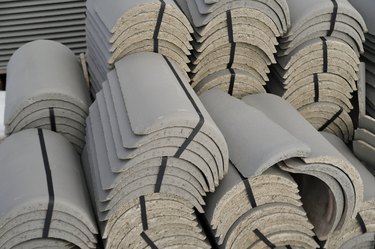
Both of these materials are incredibly strong and durable. Concrete roof tiles last up to 50 years on average. While this is much longer than many other roofing materials, it still can't compare to the lifespan and durability of clay. Natural clay tiles can last for centuries, and won't break down due to wind, moisture or rain.
Video of the Day
Manufacturing
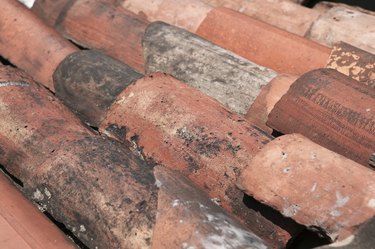
Clay tiles are made from earth that is baked in a kiln to remove moisture. Because it is made from all-natural products, it is environmentally friendly and easily recycled. Concrete is made from extruded Portland cement, lime, sand and water. It may have pigments or dyes added to provide color, or can be left with its natural gray finish.
Cost
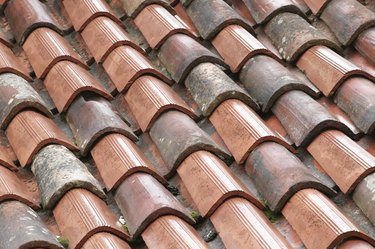
Concrete roofing costs about half as much as clay tiles. When evaluating cost, however, one must also consider the lifespan of these products. Clay can easily last for decades longer than concrete, and will require replacement less frequently, making it the better value over time.
Color
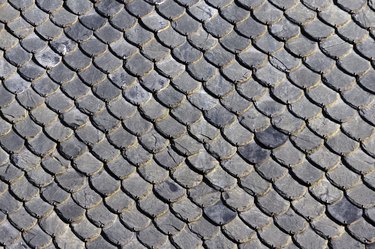
Clay roof tiles are known for their rich red or terra-cotta coloring. They can be glazed or unglazed to modify their finish, but are always found in some shade of red, orange or earth tones. This material will hold its color over time regardless of weather or damage. Concrete can be finished in any desired color using pigments or dyes, but will tend to fade over time. Even with added dye, it is difficult to match the naturally attractive finish of clay.
Climate

One of the biggest problems with clay tiles is their tendency to crack or shatter due to freezing and thawing cycles. Because of this, they are usually found only in warmer climates. Concrete is not as susceptible to damage due to freezing, and can be used in almost any climate.
Weight
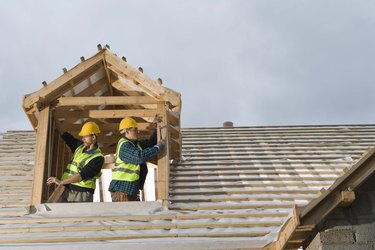
Both concrete and clay tiles are fairly heavy compared to other roofing materials, but clay tends to be the heavier of the two. These tiles are often not recommended for use on existing buildings unless the roof framing is reinforced to support the added weight. Some concrete tiles can be made using lightweight shale in place of sand, allowing them to be used on existing buildings without reinforcement.